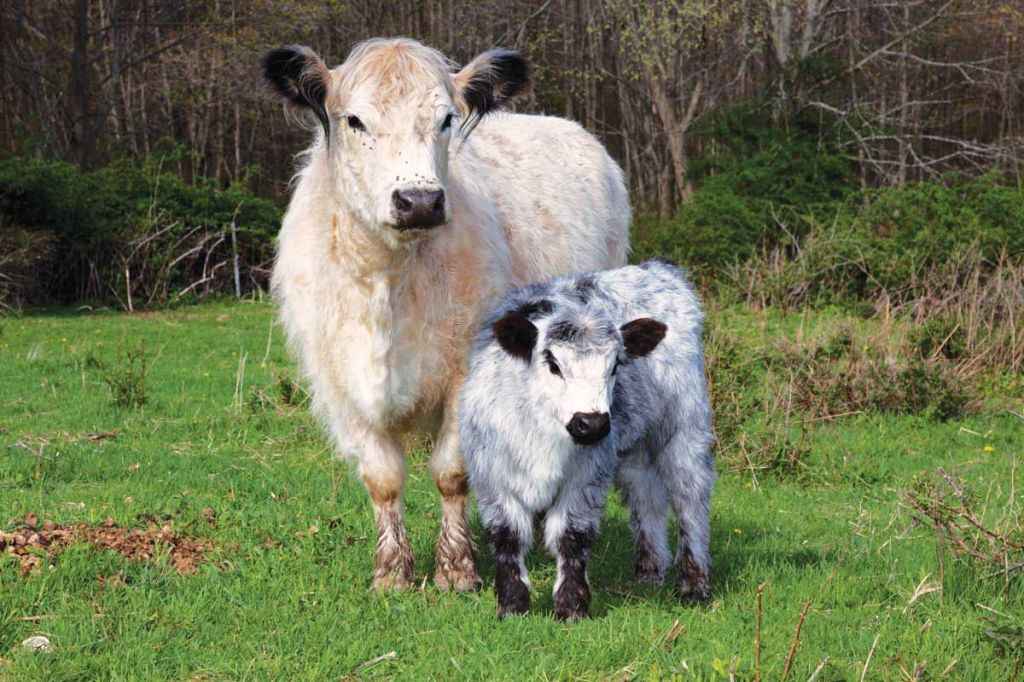The history and origins of heritage breeds can be traced back to a time when livestock played a crucial role in sustaining human communities. These breeds were developed over centuries through natural selection and selective breeding, resulting in animals that are well-adapted to their local environments and possess unique characteristics.
Heritage breeds are traditional livestock breeds that were raised by our ancestors but have since fallen out of favor with the rise of industrial agriculture. These animals have a rich history, often being tied to specific regions or cultural traditions. They were highly valued for their ability to thrive in diverse climates, provide high-quality meat, milk, eggs or wool, and exhibit traits such as hardiness, fertility, and resistance to diseases.
One example is the American Chinchilla rabbit breed which was developed in the early 20th century as a dual-purpose breed known for its dense fur and delicious meat. Another example is the Gloucestershire Old Spot pig breed from England which has distinctive spots on its body and is renowned for its tender pork.
Each heritage breed possesses unique characteristics that make them special. For instance, the Icelandic sheep is known for its ability to withstand harsh weather conditions while still producing excellent wool. The Bourbon Red turkey is sought after for its flavorful meat and striking plumage.
Raising heritage breed livestock brings both challenges and benefits. One challenge lies in finding these rare animals as they are not readily available compared to commercial breeds. Additionally, some heritage breeds may have more specific needs regarding diet or housing requirements compared to modern conventional breeds.
However, raising heritage breeds also offers numerous benefits. These animals contribute to genetic diversity within domesticated livestock populations which helps maintain resilience against future threats such as emerging diseases or climate change impacts. Heritage breed products also cater to niche markets where consumers value qualities like flavor diversity or supporting local sustainable farming practices.
Preservation efforts play a vital role in preventing endangered heritage breeds from disappearing entirely. Organizations like The Livestock Conservancy in the United States work tirelessly to promote and conserve these breeds. They maintain breed registries, provide educational resources, and facilitate networking among breeders.
Breeding techniques are crucial for maintaining genetic diversity within heritage breeds. Breeders often follow strategies such as rotational breeding, outcrossing, or linebreeding to prevent inbreeding depression and ensure a healthy population. These techniques require careful monitoring of pedigrees and reproductive records.
When it comes to heritage breed chickens, there are several varieties that will be featured on a Rural Living and Homesteading website. The Rhode Island Red is one of the most popular heritage chicken breeds due to its excellent egg-laying capabilities. The Sussex chicken is known for its calm temperament and large size, making it suitable for both meat production and backyard flocks. The Orpington chicken is renowned for its beautiful plumage and gentle nature.
In conclusion, heritage breeds have a rich history rooted in their unique characteristics and regional origins. While raising these animals presents some challenges, their preservation efforts are important for maintaining genetic diversity within livestock populations. By learning about different breeding techniques and featuring specific heritage breed chickens on websites like Rural Living and Homesteading platforms, we can help promote awareness of these fascinating animals while ensuring their continued survival for future generations to enjoy.


Leave a comment